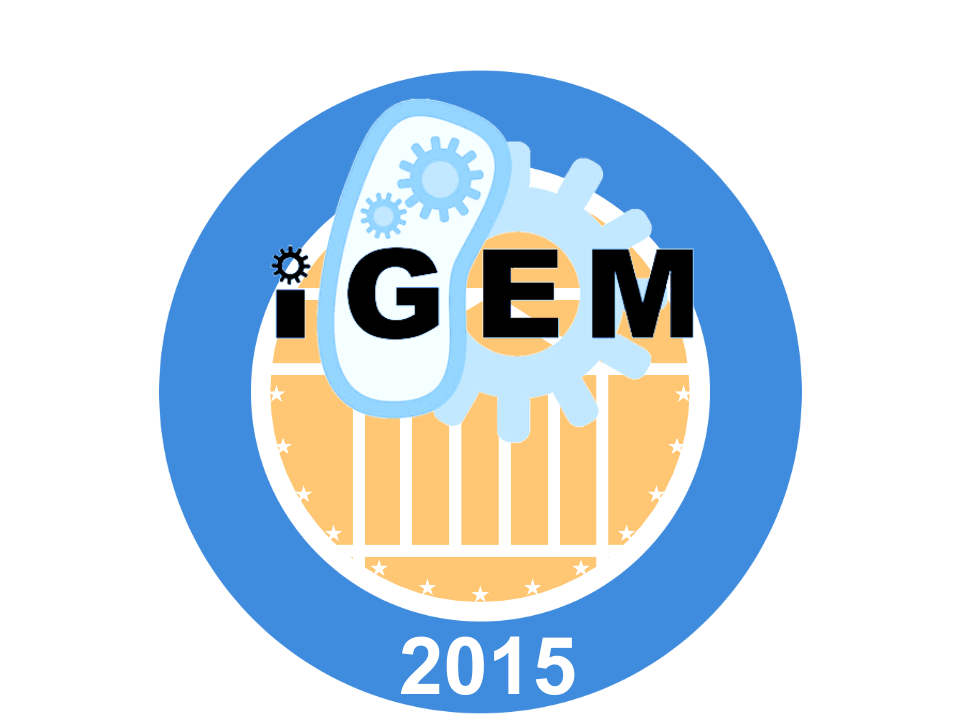Team:Virginia
Welcome to the University of Virginia iGEM 2015 Wiki
Use the navigation bar at the top of every page to move between pages. Please let us know if you have any comments or questions about our project by visiting the “Contact Us” page.
(click to close)
House of Carbs
A Novel Solution to Minimizing Postprandial Hyperglycemic Spikes
Project Overview
From diabetes mellitus a number of devastating complications, such as amputations, blindness, crippling neuropathies, and many others, can arise from increased blood sugar levels on a regular basis, but many of the major complications of diabetes arise from drastic fluctuations in the blood glucose level (Ceriello et al., 2012). Up to two-thirds of people with diabetes die of cardiovascular disease (CVD) brought about by diabetes-related macrovascular diseases (Deshpande et al. 2008). In fact, the risk for cardiovascular disease mortality is 2 to 4 times higher in people with diabetes than in people who do not have diabetes. Additionally, diabetic retinopathy is the most common microvascular complication among people with diabetes and results in more than 10,000 new cases of blindness per year. Retinopathy is associated with prolonged hyperglycemia; it is slow to develop, and there is some evidence that it can begin to develop as early as 7 years before clinical diagnosis of diabetes (Deshpande et al., 2008).
Postprandial (post-meal) blood sugar spikes specifically are one of the most damaging complications of diabetes (Parkin et al., 2002). Many diabetics are able to effectively manage post-meal glycemic spikes with self-administered doses of insulin, but these hyperglycemic incidents still kill more Americans per year than any other diabetes-related complications (Parkin et al., 2002). Arguably, the gravest consequence of glycemic spikes in diabetes patients is the development of progressive macrovascular disease (MVD), which affects the large blood vessels of the body, hardening and blocking these vessels (Ceriello et al., 2012). MVD is the leading cause of death among T2DM patients in the United States, causing up to 65% of diabetes-related deaths, making it a huge target for diabetes treatments research (Deshpande et al., 2008). MVD also frequently leads to other severe complications such as ischemia in the extremities and blindness (Haffner et al., 1998).
For many T1DM and T2DM patients, it has been shown that the regular control and management of blood glucose levels prevents many of the vascular complications of the disease, but most of the time control over glucose is difficult to attain because the self-dosing insulin treatment system that a lot of moderately to severely sick diabetes patients use is often hard to calibrate and use (Parkin et al., 2002).
Compared to sucrose-rich food, starch-rich food has been found to create less fluctuation in blood glucose levels, and thus is beneficial to diabetes patients and hyperglycemia patients. There is evidence that this flatter response caused by a starch rich meal is associated with the slower rate of digestion of complex sugars versus simple sugars (Jenkins, Wolever, & Jenkins, 1988). Thus, if some of the simple sugars are first converted into complex saccharides inside the E. coli and then released back into small intestine, a similar flatter glycemic response will take place, which will be beneficial to the patients.
We have assembled one plasmid with genes that dictate a controllable level of simple sugars uptake and one plasmid to produce glucan and fructan from simple sugars and then lyse to release the complex sugars back into the environment. In essence, this microbial device runs on two genetic devices -- an uptake circuit and a polymeriztion circuit.
In order to learn more details, please visit the Project page.


